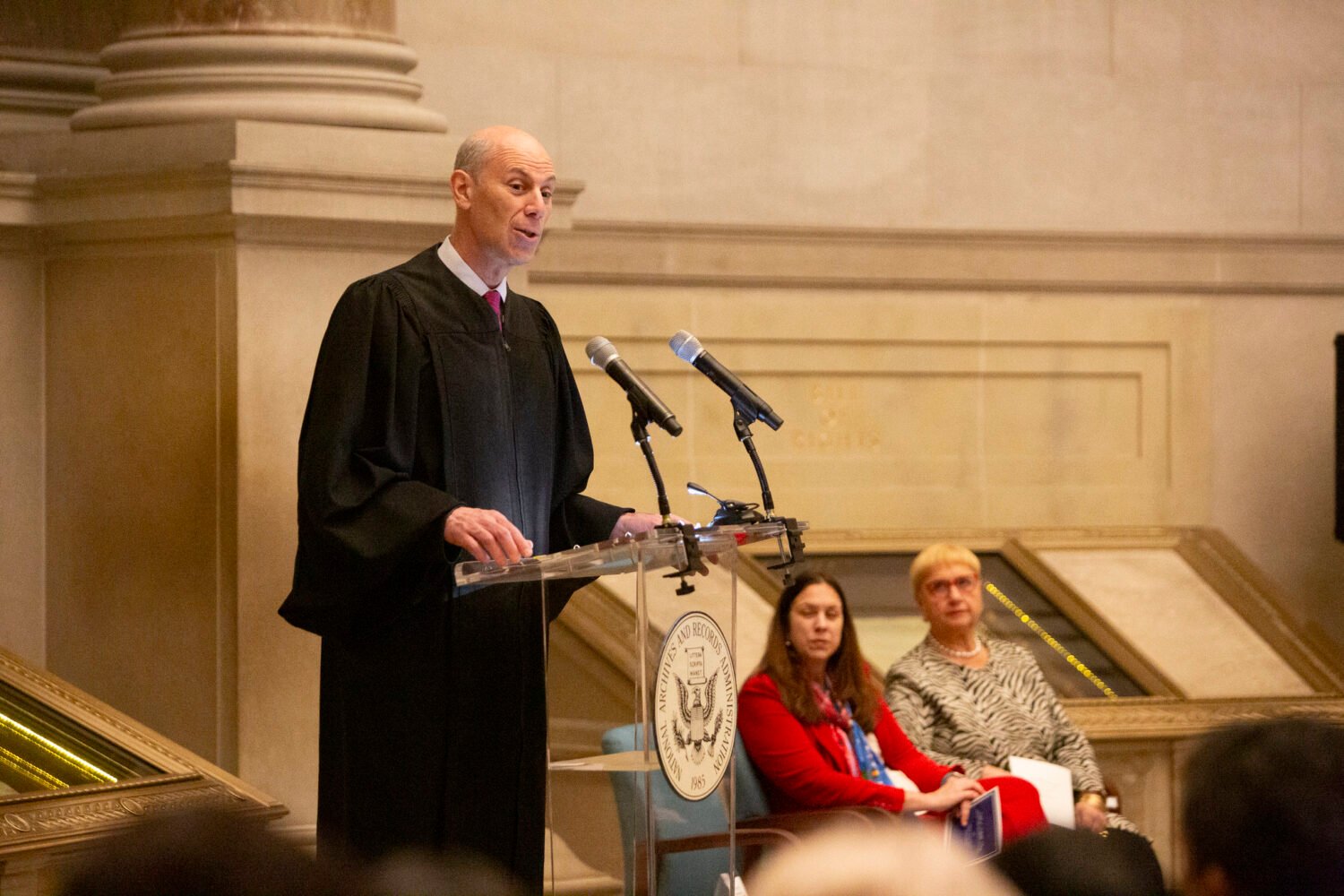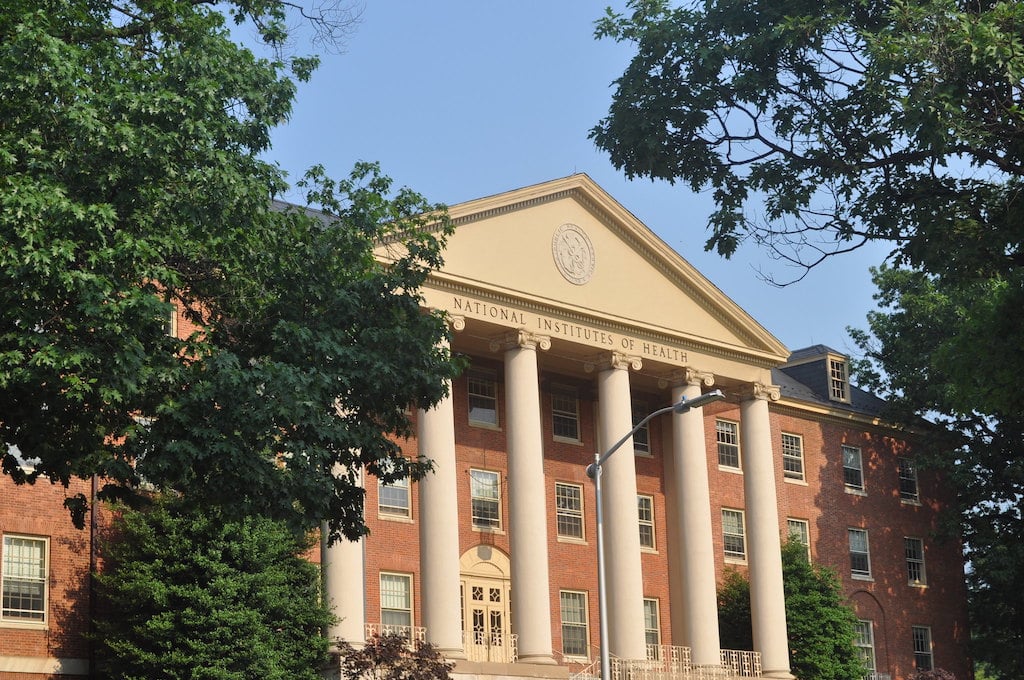There is no association between this article and the San Francisco consulting firm that uses the trademark GREAT PLACES TO WORK ®
Ask federal employees what they like most about their work, and the answer almost always is the mission.
As at any job, there are frustrations—underperforming coworkers, political-appointee bosses who don’t stay long, and sometimes shabby offices. But they persevere because they’re proud to support scientific research, ensure consumer safety, defend the nation, or protect the environment.
There’s no better security than a federal job when it comes to health insurance, retirement, or accommodations for a disability. Pay often is better than in private-sector work, and there’s a good deal of diversity. Many federal workplaces include on-site childcare, fitness centers, and cafeterias, as well as wellness programs. Free or reduced parking, transit subsidies, student-loan repayment, and flexible work arrangements are common.
There are many job opportunities as the government copes with its aging workforce. The hiring process, despite efforts toward improvement, can be tedious, requiring volumes of information up front. Still, these agencies are our picks for having great missions, high morale, strong leadership, and good benefits.
Chief Administrative Office of the US House of Representatives
Industry: Government agency
Total staff: 700 plus 1,280 contractors
Number of expected hires in 2008: 40
Interesting perks: Employees get to attend or work at history-making events such as presidential inaugurations, State of the Union addresses, and state funerals. Free parking/commuter subsidy.
This small agency brings together all forms of support workers—from administrative to construction trades—to serve the 10,000 people who work in or for the House. A staff with varied skills does everything from designing members’ Web sites to laying carpet in their offices to processing payroll checks to making those charts you see Congress members using in hearings. Employees enjoy how management shows its appreciation through surprise bonuses and good support for work/life balance. Being close to Washington’s power center isn’t so bad, either.
Chief Administrative Office of the US House of Representatives, HB-30, US Capitol; 202-225-6969; cao.house.gov.
FBI Washington Field Office
Industry: Government agency
Total staff: 1,600
Number of expected hires in 2008: 120+
Interesting perks: Employees frequently travel to FBI’s 39 international offices. On-site gym, student-loan repayment, recruitment and retention bonuses.
In law enforcement, there’s no better workplace for being part of Washington’s top cops. The FBI’s Washington Field Office—the second-largest in the country—investigates federal crimes in the area.
The office’s community support—from cleaning schools to providing camps for kids—earned it the DC Chamber of Commerce’s Community Service Organization of the Year award last year.
WFO plans to relocate its Tysons Corner personnel in November to a 15-acre campus being built in Manassas. Besides agents, the FBI recruits in computer sciences, engineering, foreign languages, accounting, finance, and research.
FBI Washington Field Office, 601 Fourth St., NW, 202-278-2000; 9325 Discovery Blvd., Manassas (phone number not yet available); washingtondc.fbi.gov.
Government Accountability Office
Industry: Government agency
Total staff local/world: 2,280/ 3,200
Number of expected hires in 2008: 325
Interesting perks: On-site childcare, student-loan repayment.
Employees are proud of their mission to provide Congress with research and analysis. Pick any public-policy issue and the GAO probably has investigated it and advised Congress. Iraq, veterans’ benefits, No Child Left Behind, and the cleanup at New York’s Ground Zero are among the topics in more than 2,000 reports the GAO released last year.
“One of the most important reasons why I joined GAO was to hold government officials accountable for their actions,” Josh Diosomito, a senior policy analyst, says. “I appreciate working for an agency that thinks strategically about improving our governance.”
GAO is known for strong management, leadership stability, and employee development. It’s off the general pay schedule, allowing pay to be based on performance—meaning salaries are often higher than at other agencies.
Government Accountability Office, 441 G St., NW; 202-512-3000; gao.gov.
NASA Goddard Space Flight Center
Industry: Government agency
Total staff local/world: 8,450 staff and contractors/ 9,600
Number of expected hires in 2008: 90+
Interesting perks:Parklike campus includes on-site childcare, recreation center, and dozens of employee clubs on topics ranging from flying airplanes and skiing to photography and ballroom dance.
Nowhere is dedication to mission truer than at Goddard, where employees talk with pride about the work they do.
Home to the largest group of government scientists who study the universe and Earth, Goddard maintains a busy schedule of space missions to support research on astronomy, weather, climate change, and planets. Along with spacecraft launches, a workday may involve building or servicing a telescope that will date the earliest galaxies.
“This level of activity keeps everybody really excited,” NASA spokesman Mark Hess says. “Every time you launch something, something new is going to be found.”
NASA Goddard Space Flight Center, 8800 Greenbelt Rd., Greenbelt; 301-286-2000; nasa.gov/centers/goddard.
National Science Foundation
Industry: Government agency
Total staff: 1,500
Number of expected hires in 2008: 300
Interesting perks: Employees get to attend free seminars by celebrity scientists. On-site childcare and gym.
NSF is a place where employees stay excited about their role in furthering scientific research. The annual budget of $5.2 billion funds 20 percent of all government-backed research at colleges and universities, including math and computer and social sciences. For employees, the diversity of scientific research keeps things interesting.
“It’s a place where you’ll never be bored,” says Dana Topousis, who has worked in the public-affairs office for a year. “There’s always new and different things to learn about. I can see myself being here a really long time.”
Of the 1,500 positions in Arlington, about 600 are scientists and engineers who hold PhDs, although there’s a “science assistants” program for people with bachelor’s and master’s degrees. There are about 400 support positions for jobs such as grants management and information technology.
National Science Foundation, 4201 Wilson Blvd., Arlington; 703-292-5111; nsf.gov.
US Nuclear Regulatory Commission
Industry: Government agency
Total staff local/world: 2,538/ 3,540
Number of expected hires in 2008: 450
Interesting perks: Paid sabbaticals, $500 bonus for hiring referrals, lunchtime seminars, time off for volunteering, opportunity to cross-train and take rotational assignments in other work areas.
NRC employees ranked their agency number one in a federal job-satisfaction survey last year. Employees are proud of their mission to regulate nuclear energy, and they say NRC is tops for collaborative management, training and development, and work/life balance.
NRC “provided every training opportunity to allow me to advance to my dream job,” says Deborah Johnson, a GS-13 management analyst.
Most openings are for engineers, health physicists, physical scientists, and attorneys. One-fourth of new hires come directly from college.
US Nuclear Regulatory Commission, One White Flint North, 11555 Rockville Pike, Rockville; 301-415-7000; www.nrc.gov.



















